If you’re like many online retailers, you stocked up for the holiday season. But while it’s crucial to be prepared for a surge in demand, there’s always a risk of ending up with too much stock of the wrong products. Learning how to improve inventory turnover will help tremendously for managing inventory and sales planning.
Microtrends, changing social and economic conditions, and mistakes in forecasting can all contribute to stocking errors. In February of 2022, the challenge of post-holiday inventory turnover came front and center: over half of American retailers were sitting on excess inventory following the January returns wave.
All that warehouse space, lost revenue, and (in some cases) deteriorating stock quality are real expenses. Small-scale retailers reported an average of $48,000 tied up in excess stock, with the majority admitting they would probably have to liquidate those extra quantities.
In this article, we’ll take you through some of the pitfalls of overstocking, along with the limitations of common strategies to reduce overstock.
Then, we’ll discuss how real-time inventory and customer data can work in tandem to help you increase your inventory turnover in a way that is healthy, sustainable, and good for business.
The excess inventory challenge
Overstock hurts retailers in more ways than one. For most, a chief concern is the financial burden. Excess inventory ties up valuable capital that you’d prefer to invest elsewhere, such as in new products, marketing campaigns, or business expansion.
Storing surplus goods incurs additional costs, not the least of which is warehousing fees. Certain products, such as food or plants, may be at risk of spoilage, while others face obsolescence. For example, if your warehouses are full of winter sports equipment, you’re likely feeling the pressure to sell all of that off before the season ends.
Finally, overstock can damage your brand image. If customers sense that you’re struggling to get rid of products, they may start to doubt how well your business is doing.
Common challenges to a healthy inventory turnover
Handling overstock is a delicate balancing act, and many retailers fall prey to common mistakes that worsen the situation. If you haven’t already taken a good look at your inventory management practices, now is the time to tighten up your stock review, communications, and performance tracking habits.
Irregular inventory checkups
Failing to conduct regular inventory checkups is a common pitfall. Without accurate and up-to-date information on stock levels, you may find yourself blindsided by overstock situations, making it challenging to implement timely solutions.
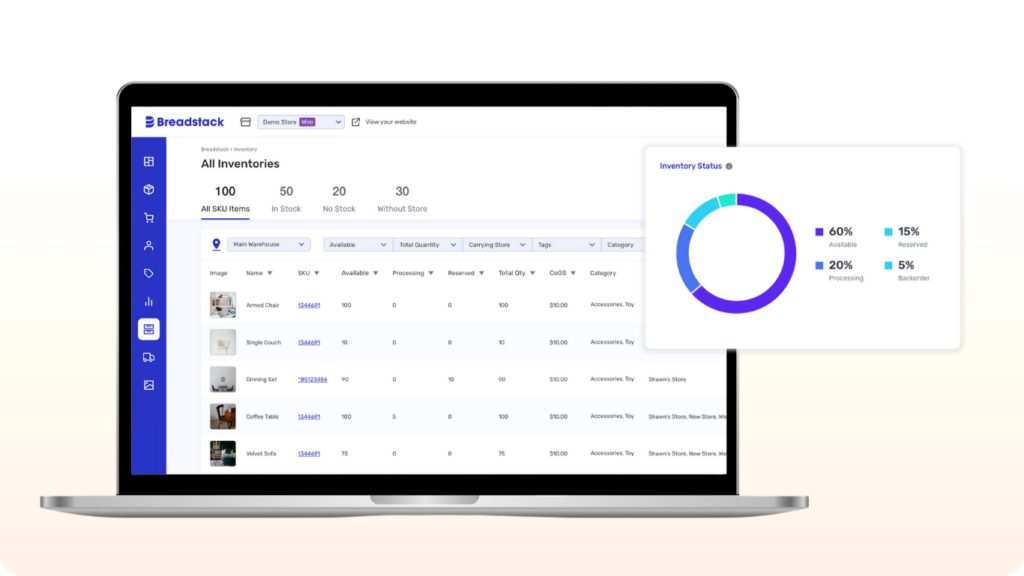
Team silos and poor communication
When marketing, sales, and merchandising teams operate in silos, resolving an overstock situation becomes all the more difficult. Inefficient, sporadic communication can lead to mismatches between supply and demand, plus a lack of alignment on strategy for reducing overstock.
Too few (or too many) performance indicators
Balancing the right number of performance indicators is crucial. Some retailers make the mistake of relying on too few metrics, overlooking critical aspects of overstock management.
Conversely, too many metrics can lead to information overload, making it challenging to prioritize and act on key insights.
Your goal should be to identify key metrics that provide actionable insights into inventory management – without overwhelming the decision-making process.
How to improve inventory turnover?
For many retailers, promotions are a go-to strategy in times of overstock. Their goal is to sell off as much of the excess inventory as possible, as quickly as they can, in order to return to a normal inventory management rhythm.
But while this impulse is understandable, certain sales tactics can backfire if too hastily employed. In this section, we’ll look at the limitations of some common promotion types. Then, we’ll zero in on how real-time customer and inventory data can make all the difference in helping them succeed.
Themed, limited-time promotions
Offering limited-time promotions on your overstocked items (think “deal of the day” sales) can help draw customers’ interest where you want it.
At the same time, in order to make a deal stand out, you need to make it enticing. Too many retailers resort to discounting items beyond what their margins can realistically handle.
Meanwhile, you risk “spoiling” your customers. if you’re regularly putting different items on featured sale, your more engaged shoppers might start to hold off on purchasing items at regular price.
Depending on your brand image, slashing prices might also prompt customers to become suspicious of your normal pricing. If your handcrafted glass lamps are really so luxurious and well-made, why are you suddenly willing to part with them for 60% off?
Over time, the pressure to keep meeting customers’ expectations by offering irresistible deals might start to hamper your sales strategy and squeeze your profits.
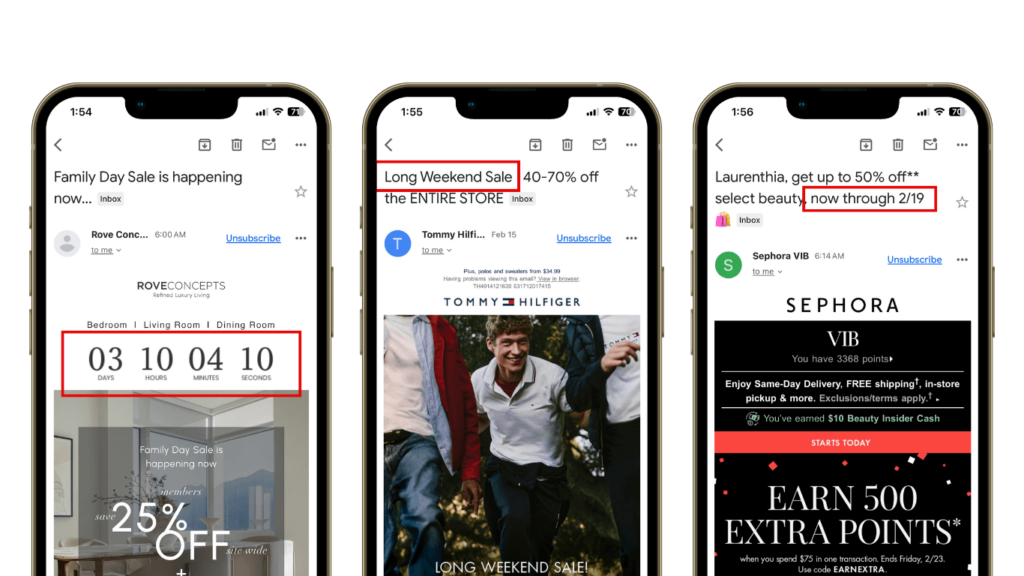
Abandoned cart emails
These are auto-generated emails to customers who have added one or more items to their cart, then drifted away from your online store. Usually, they contain a reminder to complete the purchase.
Abandoned cart emails can be an effective tactic to win back a percentage of shoppers. However, they can also backfire.
Firstly, you run the risk of annoying your customers. There’s usually a valid reason why the customer didn’t go through with the purchase the first time around: they might be reluctant to spend money after the holidays, or they might simply be busy with more important things.
Opening their inbox to find a slew of “Oops! You forgot something!” emails may come off as demanding. In a worst-case-scenario, it might sour their interest in your brand and drive them to unsubscribe.

Blowout sales
Offering deep discounts on overstocked items is a common strategy to speed up inventory turnover. But it can also be a painful one. Take, for instance, Target’s inventory turnover challenges during the post-pandemic era.
From 2020 through to the end of 2021, the megaretailer stocked up on popular lockdown items – sweatpants, homewares, and hobby supplies. Then, in the summer of 2022, pandemic restrictions eased, and customer preferences shifted sharply again.
Instead of sweatpants, customers wanted attractive clothes for offices and parties. Families were suddenly on the hunt for back-to-school supplies, not bread-making equipment.
The megaretailer found itself sitting on too many of the wrong items – and it coped in a dramatic way, cancelling orders with suppliers, slashing prices significantly, and lowering its profit forecast for the second quarter. It was a painful period, and share prices fell by a shocking 25%.
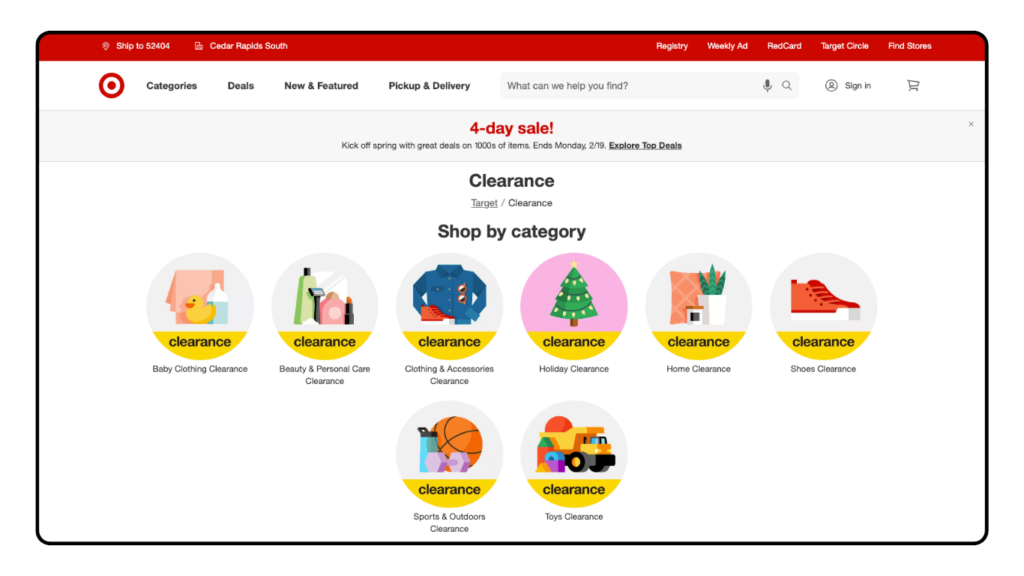
Source: Target
As hard as Target’s road was, blowout sales can be even riskier for less well-established retailers, who may lack the brand awareness and financial resources to bounce back quickly.
In some cases, blowout sales also risk devaluing your brand in consumers’ eyes. If you bill yourself as a high-end furniture boutique, slashing prices on a wide array of items may, at best, make you look like you’re in trouble. At worst, it might cause customers to view you as a discount or low-end retailer.
Upselling and cross-selling strategies
Upselling and cross-selling are tried-and-true sales strategies, and both can be extremely effective.
Upselling refers to pushing a higher-value product as an alternative to a lower value one. Cross-selling means positioning one product as complementary to another – for example, encouraging customers to purchase a dog collar in addition to a leash.
Both upselling and cross-selling need a careful approach. A full 70% of customers feel irritated by product and service recommendations that seem generic; instead, they expect suggestions tailored to their interests and behavior.
Moreover, too many upsell and cross-sell attempts may overwhelm customers, leading to decision fatigue and causing them to abandon the purchase altogether.
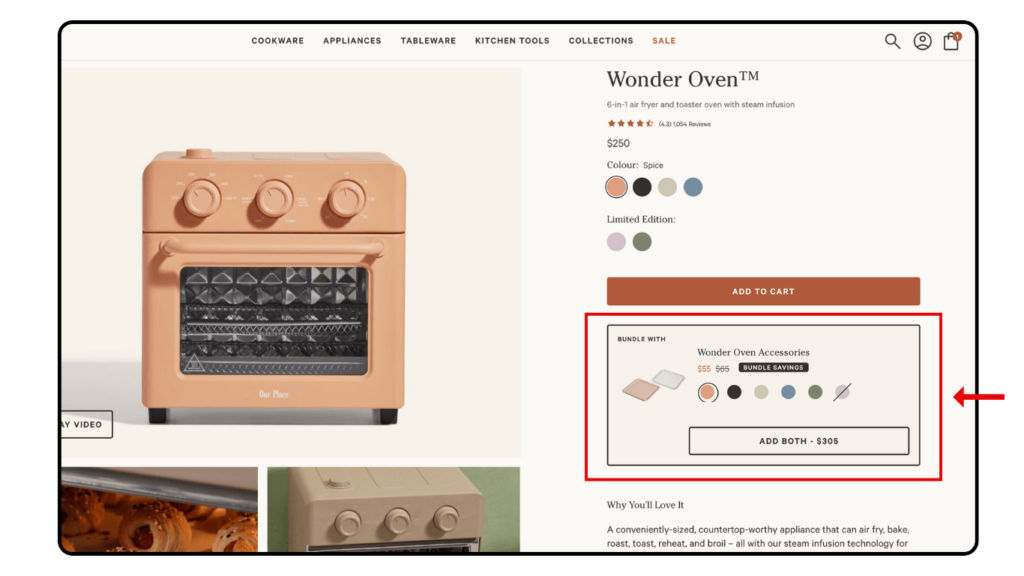
Source: Our Place
Post-purchase retargeting
This strategy involves showing targeted paid ads to customers who have recently made a purchase.
The problem is, bombarding customers with too many retargeting ads can lead to irritation or a negative perception of your brand as “spammy”. Customers may feel oversaturated, reducing the effectiveness of the ads – or, more seriously, harming their enthusiasm for your brand.
If you don’t segment your audience effectively, you may end up showing irrelevant ads to customers who have already purchased the item being shown or have no interest in the remaining stock. This can waste your advertising budget and diminish the overall impact.
Harnessing customer data for inventory management
Armed with the right technology, retailers can navigate a way out of an overstock crisis – and do so in a way that helps the business grow sustainably.
Immediate insights into inventory levels, coupled with real-time customer data, enables you to adjust pricing, target and time your promotions, and adjust product placement for maximum effect.
Customer data includes everything and anything you’re able to learn about your customers. This means demographics, such as age, gender and location; purchase patterns, such as the products they’ve bought and the shipping and payment methods they prefer; to their shopping behavior – the types of links they click, the categories they browse, and the times of day they’re most active.
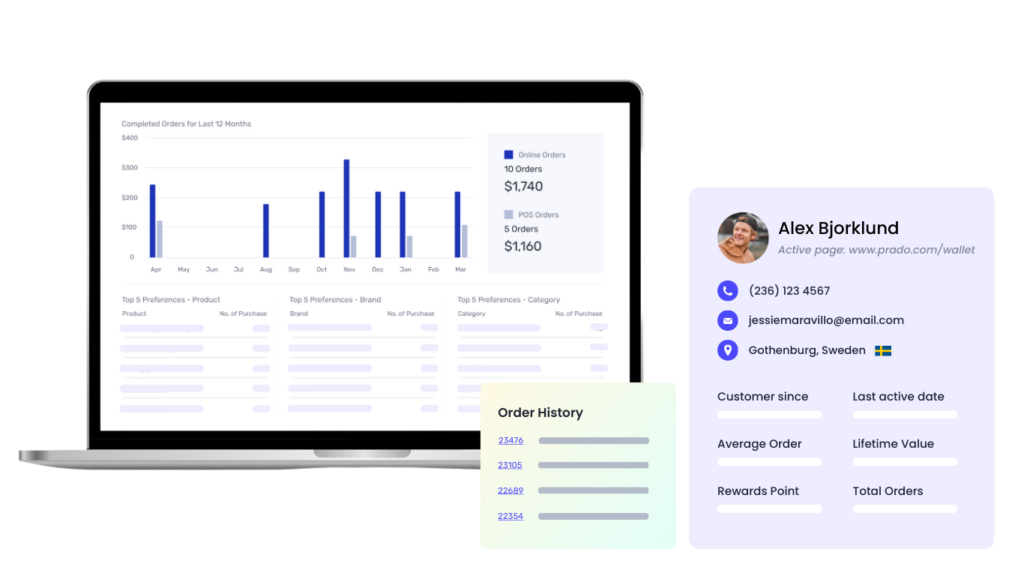
Using the promotion types we reviewed above, let’s take a look at how a data-driven approach would make them more effective as tactics to reduce overstock.
- Sales events – Rather than drawing attention by cutting prices dramatically, segment your customers by behavior, demographics, or product preferences. Then, use inventory data to match each segment with overstocked products. Send out targeted promotions to each group.
- Abandoned cart emails – Analyze why customers abandon their carts. What’s the last page they view before leaving? Identify customers who would be the most receptive to reminder emails, such as loyal customers, or those with high engagement but low purchase rates.
- Upselling and cross-selling – Show customers product recommendations based on their shopping interests or past purchases, rather than generic suggestions.
- Post-purchase retargeting – Show customers products that are likely to interest them based on the items or categories they have previously purchased or viewed.
Using pivotal moments to engage customers
In addition to planned promotions, focus on customer interactions as key opportunities to help address your overstock challenge.
For example, during a live chat with a customer interested in frying pans, you might find an excellent opportunity to recommend a pan you have in overstock. Or, if the customer is interested in a certain soup pot, you might even try to cross-sell a pan from the same series – perhaps at a personal discount of 15%.
Personalized experiences go a long way towards making customers feel engaged with your brand. Shoppers are looking for individual treatment similar to what they would encounter at a brick-and-mortar store.

Source: Sephora
To do this effectively, you need certain customer and inventory data at your disposal. Most obviously, you’ll have to be able to clearly and accurately view which products are currently overstocked, then quickly share the links to those product pages with customers.
In addition, you should be able to get a good view of your customer. Have they purchased before – and if so, which products or categories? How much do they typically spend? Which pages are they currently viewing on your site? Without this data, you risk alienating the customer by making an irrelevant suggestion.
Even if the customer doesn’t bite, you might end the chat with new insight as to why. Over time, this type of feedback can help you gauge how well your inventory and pricing strategy fit with your customer base.
Choosing the right software solution
There’s no shortage of dedicated customer data platform and inventory management solutions on the market. But when it comes to choosing a solution that can help you prevent and reduce overstock, keep the following in mind:

- Data integration – Ensure the software offers seamless integration capabilities, breaking down silos between customer data and inventory management systems.
- Real-time analytics – Prioritize solutions that provide real-time analytics to swiftly analyze and act upon customer insights and inventory data.
- Customer-centric features – Look for features that allow personalized customer profiling and segmentation based on preferences, purchase history, and interactions.
- Automated recommendation engines – Choose a solution that draws on both customer and inventory data to suggest product recommendations that appeal to the customer while satisfying inventory management needs (e.g. by suggesting overstocked items).
- Communication integration – Ensure the software integrates with communication channels like live chat. This lets you leverage pivotal moments for personalized engagement and inventory clearance.
Achieving data-driven inventory turnover
Overstock is a serious challenge, but it doesn’t have to cause panic – and it shouldn’t require compromising your business’s profitability and growth.
By aligning inventory management best practices with key customer insights, you can effectively manage inventory turnover while fostering a host of long-term business benefits, such as customer engagement and satisfaction.
The right software solution can help you bridge the gap between your inventory and your customers, equipping you with the business insights you need to sell the right products to the right people, at just the right moments.

